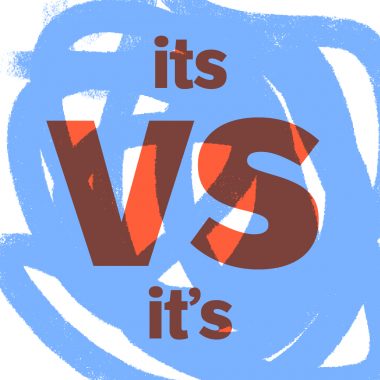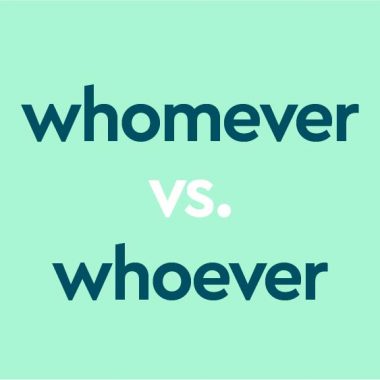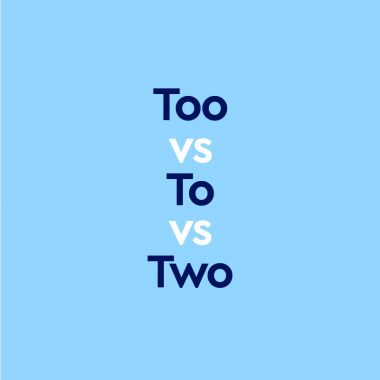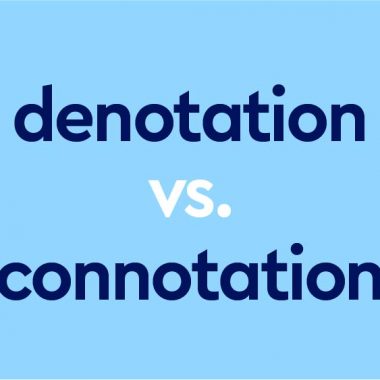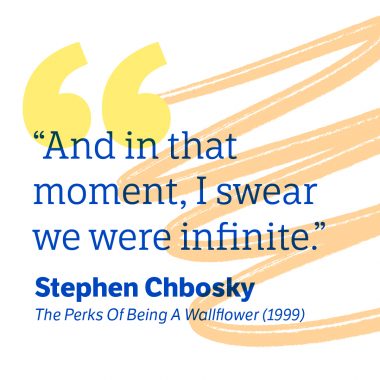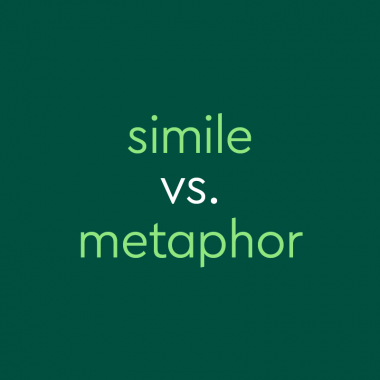Fiancé vs. Fiancée: Which One Is Which?
If you’ve ever wondered whether it was spelled fiancé or fiancée, well, they’re both correct. And they’re both correct because they are actually different terms. English borrowed them from variants of the French verb fiancer (meaning “to get engaged”) in the mid-19th century. The masculine (fiancé) and feminine (fiancée) noun forms were both imported by English speakers, even though English doesn’t typically use gendered word endings. The extra E …

